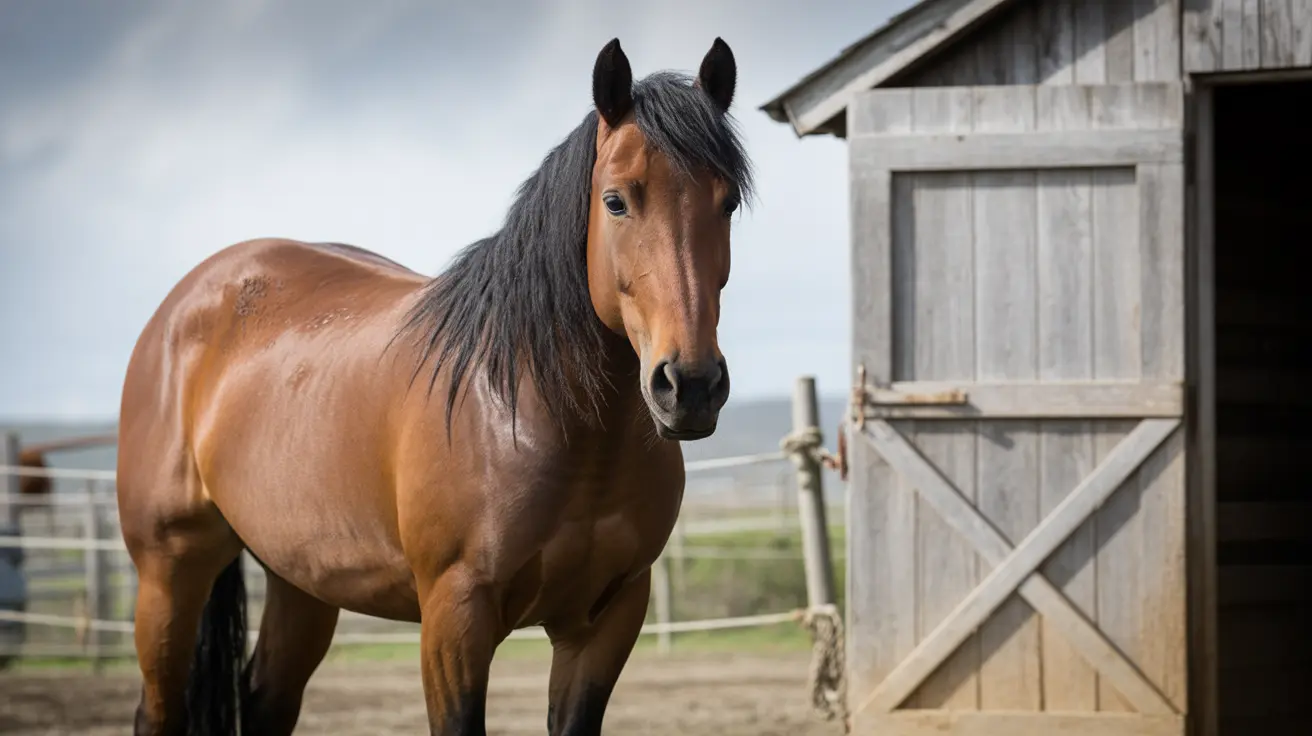Adopting a blind dog can be one of the most rewarding decisions a pet lover can make. These remarkable animals possess an extraordinary capacity for adaptation and offer boundless love and companionship, despite their visual limitations. If you're considering adding a blind dog to your family, this comprehensive guide will walk you through everything you need to know about making this life-changing commitment.
While the prospect might seem daunting at first, blind dogs can lead full, happy lives with the right support and understanding. Their other senses become remarkably sharp, allowing them to navigate their world in unique and fascinating ways.
Understanding What It Means to Adopt a Blind Dog
Blind dogs come from various backgrounds - some are born without sight, others lose vision due to age or medical conditions, and some are "career change" dogs from guide dog programs. Despite their visual impairment, these dogs maintain their inherent capacity for joy, loyalty, and affection.
What makes blind dogs truly special is their resilience and ability to adapt. They rely heavily on their other senses, particularly hearing and smell, to understand and interact with their environment. This adaptation often results in an incredibly strong bond between dog and owner.
Preparing Your Home for a Blind Dog
Creating a safe and navigable environment is crucial for your blind dog's confidence and well-being. Start by establishing consistent pathways throughout your home and removing potential hazards.
- Install textured mats or runners to create "sensory pathways"
- Pad sharp furniture corners and edges
- Use baby gates to block stairs and dangerous areas
- Keep furniture arrangements consistent
- Set up scent markers in different rooms
- Place sound-making water bowls for easy location
Daily Life with a Blind Dog
Routine becomes the cornerstone of a blind dog's security and confidence. Establishing consistent schedules for feeding, walks, and playtime helps your dog feel more in control of their environment.
- Using verbal cues before approaching
- Maintaining consistent placement of food, water, and bed
- Speaking to your dog when entering or leaving rooms
- Using specific command words for navigation
- Creating positive associations with new experiences
Training Techniques and Tips
Training a blind dog requires patience, creativity, and positive reinforcement. Focus on using clear verbal cues and gentle touch signals to help your dog understand commands and navigate their environment.
- Scent-based lure training
- Sound marker training
- Touch-based directional cues
- Positive reinforcement with treats and praise
- Gradual exposure to new environments
Building Trust and Confidence
The relationship between a blind dog and their owner is built on trust. Your dog will rely on you for guidance and protection, making consistency and patience essential qualities in their caregiver.
- Gentle handling and approach
- Regular reassurance through voice
- Predictable interactions
- Gradual introduction to new experiences
- Celebrating small victories
Frequently Asked Questions
What should I ask about a blind dog's medical history before adopting?
Ask about the cause and progression of blindness, any underlying conditions, current medications, and required ongoing medical care. Also inquire about previous surgeries, vaccinations, and any special dietary needs.
How can I safely prepare and modify my home for a newly adopted blind dog?
Remove hazards, create textured pathways, pad sharp corners, secure dangerous areas with gates, and maintain consistent furniture placement. Use scent markers and sound cues to help your dog navigate different spaces.
What are effective training methods for helping a blind dog navigate and learn commands?
Use positive reinforcement with verbal cues, scent-based training, and touch signals. Consistent command words, patience, and regular practice are essential for successful training outcomes.
How do I establish a daily routine that supports the well-being of a blind dog?
Create consistent schedules for meals, walks, and bathroom breaks. Use verbal cues to signal transitions, maintain regular placement of essential items, and establish predictable patterns for daily activities.
Where can I find specialized rescues or organizations that offer blind dogs for adoption?
Contact local animal shelters, specialized rescue organizations, and guide dog programs. Online resources and social media groups dedicated to special needs pets can also help connect you with available blind dogs.
Conclusion
Adopting a blind dog opens the door to a unique and deeply rewarding relationship. While it requires dedication and patience, the joy of helping these special animals thrive makes every effort worthwhile. With proper preparation, understanding, and love, you can provide a blind dog with a fulfilling life while gaining an incredibly loyal and loving companion.






